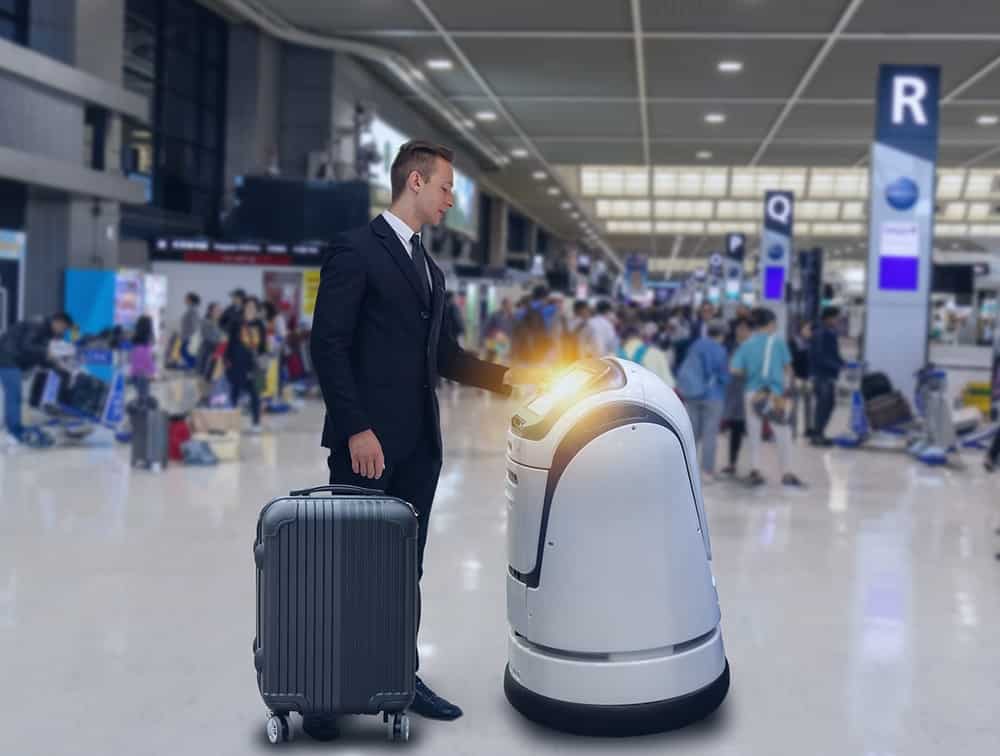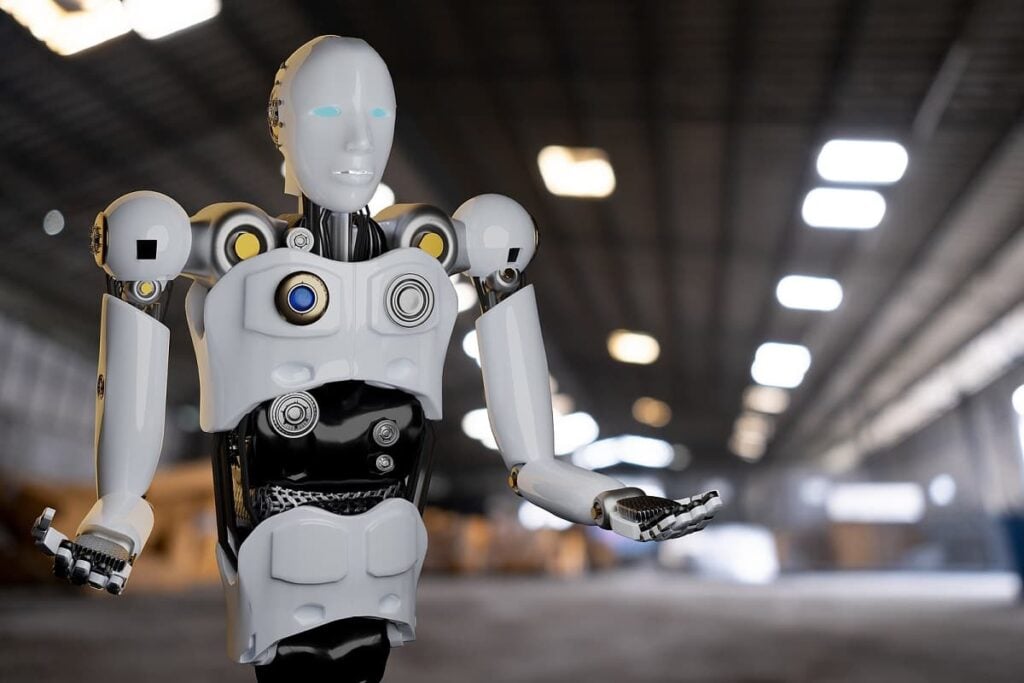Latest Robotic Technology for the World’s Worst Jobs
Table of contents

Nary a week goes by that we don’t hear about how the latest robotic technology will take our jobs away. The newest piece of news on this theme of “automation taking jobs” comes from the Brookings Institution, a Washington, D.C.-based think tank that spends its time figuring out how much we’re screwing up the future based on what we know today. Its report released last month paints a complicated picture. On one hand, about a quarter of the U.S. workforce, about 36 million people, are in the danger zone when it comes to automation taking jobs by both machines and machine learning. On the other hand, most other jobs are not “highly susceptible to automation,” ranging from highly creative and technical professions to low-paying gigs that robots couldn’t easily do, like dusting the family jewels or wiping the butts of our venerated seniors.

The existential threat posed by the rise of the machines has spurred talk of guaranteeing a basic universal income, as well as led to attacks on hitchhiking robots and self-driving cars. We’ve spent the last several years documenting the different ways that automation will take jobs. We know that artificial intelligence is threatening white-collar jobs, which is why you might want to encourage your kid to cut back on the sugar and start training for the jobs of the future. Presumably, if you have the shadow of a soul, you won’t want to get into human resources and recruitment, insurance, or law.
For those who shower at the end of the day, there’s certainly no future in jobs like flipping burgers or serving coffee. But, you know what, that’s OK. Because some jobs are so dull, dangerous, debilitating, or mundane – like construction worker, butcher, garbage sorter, janitor, or bricklayer – that human beings probably shouldn’t be doing them in the first place. That’s what led ag giant Cargill to invent a robotic cattle driver to improve worker safety based on a Russian robot used for security, because cattle injure hundreds of would-be cowboys who watched too many episodes of Rawhide when they were younger. We’re also turning robots into roughnecks, not just rednecks, as we drill ever deeper for black gold with the help of underwater robots.
Below we’ve rounded up some of latest robot technology being developed by seven startups for jobs that only a desperate, unemployed MBA would want.
Robotic Industrial Inspectors
While viral videos from SoftBank-owned Boston Dynamics of its jumping and climbing robots have stoked paranoia about autonomous military killing machines, they have demonstrated that we’re getting pretty close to being able to design robots that can traverse any terrain. A Swiss startup called ANYbotics, founded in 2016, has developed a quadrupedal robot called ANYmal that looks pretty much like the machine from that Black Mirror episode that freaks everyone out because it pretty much looked like the quadrupedal robot from Boston Dynamics. The company is marketing ANYmal for a variety of applications, and it recently tested its capabilities for industrial inspection at a remote offshore power distribution platform in the North Sea.
Robotic Industrial Inspectors II
They say biomimicry is the highest form of flattery (at least in the animal kingdom). Another startup taking a cue from nature for industrial inspection is Gecko Robotics, a Pittsburgh company founded in 2016 that has raised $7.1 million from the likes of billionaire Mark Cuban. Gecko’s toaster-sized robots can climb up sheer surfaces for testing and inspecting tanks, boilers, and more:

The robots come with different sensor payloads to detect wall thickness, cracks, and other forms of deterioration. For example, one sensor employs UV lights to identify defective areas on a tank wall. Gecko Robotics claims its little machines can, on average, work 10 times faster than previous methods and collect 100-fold more information along the way.
Industrial inspections by robots seem to be one real-world application that is experiencing traction. Just look at the number of companies building drones for similar work. In case you’re keeping count: There are more than 100,000 building and construction inspectors employed today with a median salary of about $60,000 per year.
Update 03/08/2022: Gecko Robotics has raised $73 million in Series C funding to continue protecting critical infrastructure through the collection and contextualization of physical data. This brings the company’s total funding to $122.3 million to date.
Robotic Window Cleaners
Wax on, wax off. About the only value we see from being a professional cleaner is that it prepares you to become a karate expert who can catch flies with chopsticks. While robotic vacuum cleaners have been around for years, we are only now starting to see cleaning tasks turned over to robots. That’s about to change with Israel-base Skyline Robotics, which raised $3 million last year for its window cleaning robot Ozmo:

Ozmo, of course, uses AI and computer vision to detect the nuances of any building’s architecture in order to find the most efficient way possible to squeegee windows without missing a spot. The company, founded in 2017, claims that Ozmo is up to six times faster than humans. Skyline is all about the environment, as well, using reverse-osmosis technology to dissolve dust, oils, and stains, without the use of chemicals and other crud.
Robotic Snow Removal


One unit retails for $32,995 plus an annual software subscription (versus less than $1,000 for the top-of-the-line models operated by an autonomous teenager with AirPods). Left Hand Robotics is also developing a robot mower.
Robotic Hospital Orderlies


Moxi uses autonomous mapping technology and sensors to navigate its way around the corridors of powerlessness. Considering that robotic surgery is already being widely used in operating rooms, it doesn’t seem like much of a stretch to train a robot to fetch linens or deliver lab samples.
Update 03/20/2020: Diligent Robotics has raised $10 million in Series A funding to help deliver more robots to more hospitals. This brings the company’s total funding to $15.8 million to date.
Robotic Health Companion

Robotic Parking Attendants
If there’s one thing we despise more than bunk weed, it’s having to tip a pimply faced teenager to park our car. Leave it to the French to develop the world’s first robotic valet. Paris-based Stanley Robotics, founded in 2015, has raised about $4 million for Stan, an electric and autonomous robot that is definitely better at parallel parking than you. Employing AI (of course), Stan can squeeze up to 50% more vehicles into the same space, which seems pretty impressive if you’ve never been inside of one of New York City’s underground garages where some hairy-chested fellow has stacked cars in a perilous game of super-sized jenga. It certainly looks slick.
Conclusion
It’s interesting to note that none of these seven startups was founded before 2015. It makes us wonder if this latest generation of robotics companies are finally getting closer to truly automating hazardous, repetitive, and dull jobs on a large scale, thereby allowing more of us to pursue nobler professions like hemp farming. Even those of us in digital media see the writing on the wall when it comes to the latest robotic technology.
Sign up to our newsletter to get more of our great research delivered straight to your inbox!
Nanalyze Weekly includes useful insights written by our team of underpaid MBAs, research on new disruptive technology stocks flying under the radar, and summaries of our recent research. Always 100% free.














